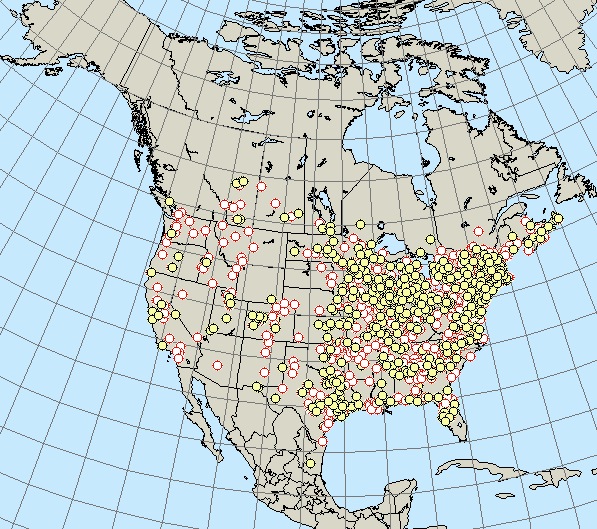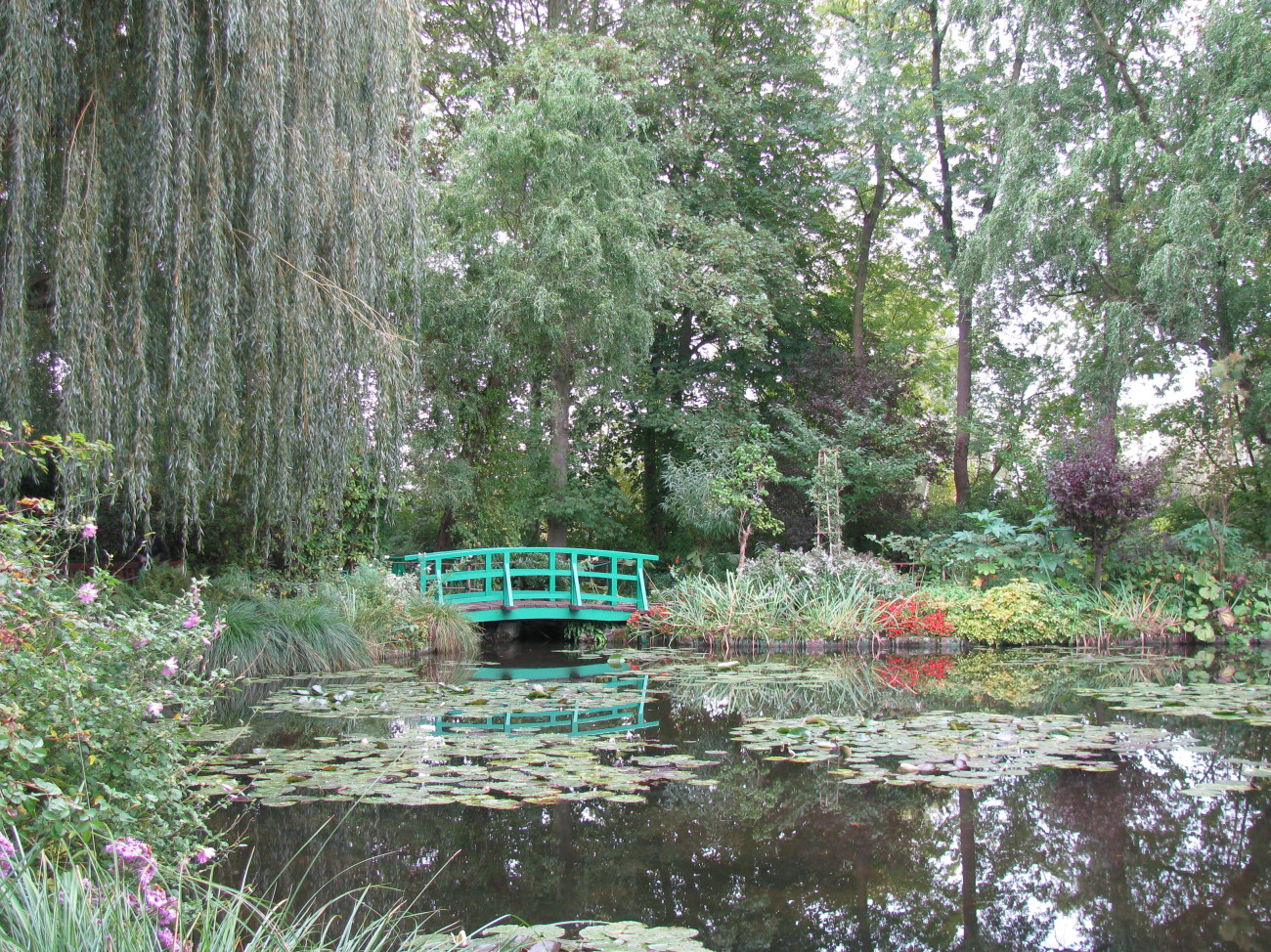
by Loti | Apr 21, 2015 | Amazon, Animals, Birds, Flowers, Landscapes, Plants, Reptiles
Amazon, Peru. How to describe it? A big muddy river or the most beautiful spot on our planet. Where else can you see pink dolphins (the only place in the world), monkeys, 2 toed sloths, wild orchids, 4 foot iguanas and gorgeous sunsets while navigating a giant, muddy river? The statistics are staggering; 25% of all our oxygen is produced in the Amazon, one third of all species live there, the drainage basin covers 2.7 million square miles, and 25% of all drugs come from rain forest ingredients. Wow. Yet, we have destroyed 20% of the forest already; gone forever to make way for cattle grazing, mining, logging and agriculture. And the deforestation is continuing at a dizzying pace. What can be done before the whole ecosystem collapses? Well, you can visit (ecotourism supports the rainforest), think about your food choices (huge swathes of rainforest are being destroyed to plant soybeans in support of cattle), avoid companies exploiting the forest (selling exotic animals or timber) and learn all you can. But time to get off my soapbox and back to planning a return trip to Peru in search of birds and orchids! Now that is helpful and...

by Loti | Jan 20, 2014 | Animals, Australia, Birds, Endangered Species, Environment, Flowers, Food, Health, Insects, Plants
Adelaide, Australia. Within walking distance of our hotel, I discover a magical botanical garden. Free to the public, in the middle of downtown, this 125 acre oasis includes a rainforest under glass. The forest is housed in the largest single span greenhouse in the Southern Hemisphere (for those of us geography challenged, the Southern Hemisphere is all the land below the equator including Anartica, Australia, most of South America and a third of Africa.) Entering the glass 2 story structure, the air is misty and buzzing with activity, from birds, insects, plants growing and 1,000 misting nozzles. I have always heard how important the rainforest (defined as a dense forest receiving 90-180 inches of annual rainfall) is to our global ecosystem, but I had no idea 50% of the world’s plants and animals live in them. And many of our medicines (some anti cancer and leukemia drugs for starters) come from rainforest plants. Yet we are losing 1-2 (and some biologists estimate the number is closer to 100) animal and plant species a day to extinction primarily from deforestation. Wow! So what can we do? I plan on learning more about the issues and possible solutions by joining a conservation club, visiting rain forests whenever I can and taking steps to recycle and be nice to our Earth. Once a species is gone, we can never get it back. And that sounds so...

by Loti | Sep 26, 2013 | Flowers, Food, Insects, Landscapes, United States
Denver. Strolling through the Botanical gardens, this interesting wood cabinet caught my eye. On further investigation, it turns out to be a hotel. For bugs! Why in the world would you want to have a place for insects to camp out? Well, where else do they stay in downtown Denver (or anywhere else in the world), especially in the winter? Made from pine cones, bamboo, grass, bricks and other recycled materials, is is an interesting and it turns out, an important addition to the landscape. Attracting ladybugs, solitary bees and wasps, grasshoppers and other critters that pollinate our flowers and vegetables and eat bad bugs like aphids, they are good for the both the garden and the ecosystem. Some are even considered art. And they are very popular in Europe. London sponsored a contest for architects to construct the most luxurious bug hotels which you can now see as you stroll though the city and the Chelsea Flower Show featured numerous insect hotels. Cities like Vancouver are also getting into the act. The downtown area reclaimed an old phone booth and turned into into an urban hotel for insects. How clever. If you don’t want to build a hotel, you can (of course) buy one on Amazon. And even if you are not into gardening, over 90% of the world’s flowers and crops need pollination to reproduce (just think, there would be no chocolate without midge flies!) By providing lodging, we can care for our insect brethren as we continue to encroach on and often destroy their habitats. Just be sure to leave the lights on and a mint...

by Loti | Sep 9, 2013 | Birds, Flowers, United States
North Carolina. I had forgotten how wonderful hummingbirds are to watch so I was delighted to see one yesterday. They are the smallest bird in the world and the only ones that can actually hover in midair, fly backwards, sideways and upside down. Now that is cool! Memories come back of the hummingbirds arriving at my Grandparents house when I was young. They always came on the same day in April and left at the beginning of September. But I never thought about where they live all winter. So where do they go? While not all hummingbirds migrate, most of the ones living in the US do. The map shows sightings this fall of hummingbirds who are just starting their migrations to Mexico, the Yucatan, Panama or the Southern US. Since hummingbirds are solitary birds, they generally travel alone (how sad) so we don’t know much about their migratory patterns. Maps like this rely on citizens to report sightings thru organizations like Northern Journey and The Audubon Society (all you have to do is register on their website and record a sighting, which of course I did). And how does the tiny bird know when it is time to migrate, sometimes thousands of miles? They rely on the amount of daylight and the angle of the sun to tell them. Loading up on insects and nectar in preparation for their trip, often gaining twice their weight for the long journey, they head south for the winter and north for the summer. Pretty smart birds for being so small (and cute!) ...

by Loti | Jul 17, 2013 | Flowers, Food, United States
Savannah, GA. A cool plant that you can eat (according to most websites although a few sites caution against ingesting it), keeps rodents and deer away from your landscaping, repels ticks and mosquitos, and will protect you from vampires. Why doesn’t everyone have one, I wonder? In South Africa, they are even planted around houses to keep out the deadly mamba snake (if you remember the skulls and crossbones snake rating used at the Serpentarium in Wilmington, the mamba gets 5 skulls indicating the most dangerous of all snakes). And as an added benefit, they attract butterflies and hummingbirds. Way cool. Society garlic, a perennial from South Africa, has a garlicky odor and taste with a pretty lavender flower that can decorate any salad or plate of food. The leaves can be eaten in place of chives and they are easy to grow. While they are not tolerant of really cold weather, this particular plant has thrived in Savannah, GA which gets pretty chilly. So what is not to love? Especially the vampire part. And why do vampires stay away from garlic? Well apparently vampires have an increased sense of smell so the odor of garlic keeps them at bay. Works for...

by Loti | Jun 28, 2013 | Art, Flowers, France, Landscapes
France. One of the most famous bridges ever painted. The Japanese bridge (I haven’t been able to figure out why it is considered Japanese) is in Monet’s gardens in Giverny, 80 kilometers west of Paris. A sight to behold. Claude Monet, one of the key painters in The Impressionist movement, was also a master gardener and horticulturist. His greatest passion became his gardens and he was quoted as saying his greatest masterpiece was also his gardens. During his last 20 years (he died at 86), he painted a series of paintings depicting the bridge and the water lilies surrounding it. His painting entitled Le bassin aux nympheas (a water lily) sold in 2008 for $80.4 million putting it in the top 20 highest priced paintings ever. To stand on the bridge, under wisteria actually planted by Monet, and look out at the water lilies is an amazing experience. Here’s to life and gardening!...







